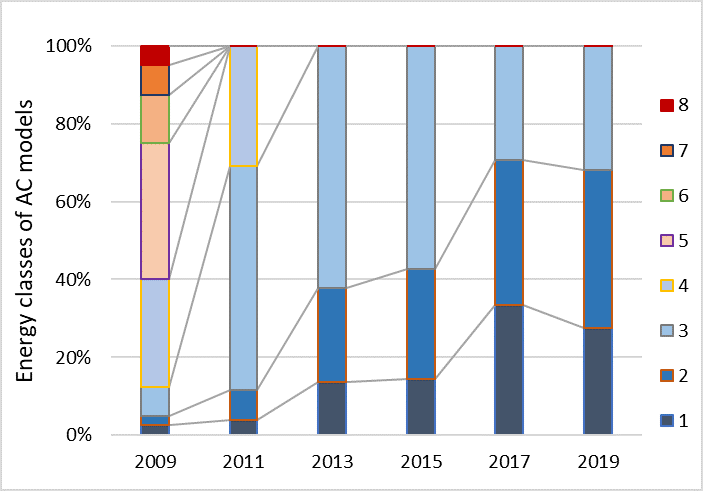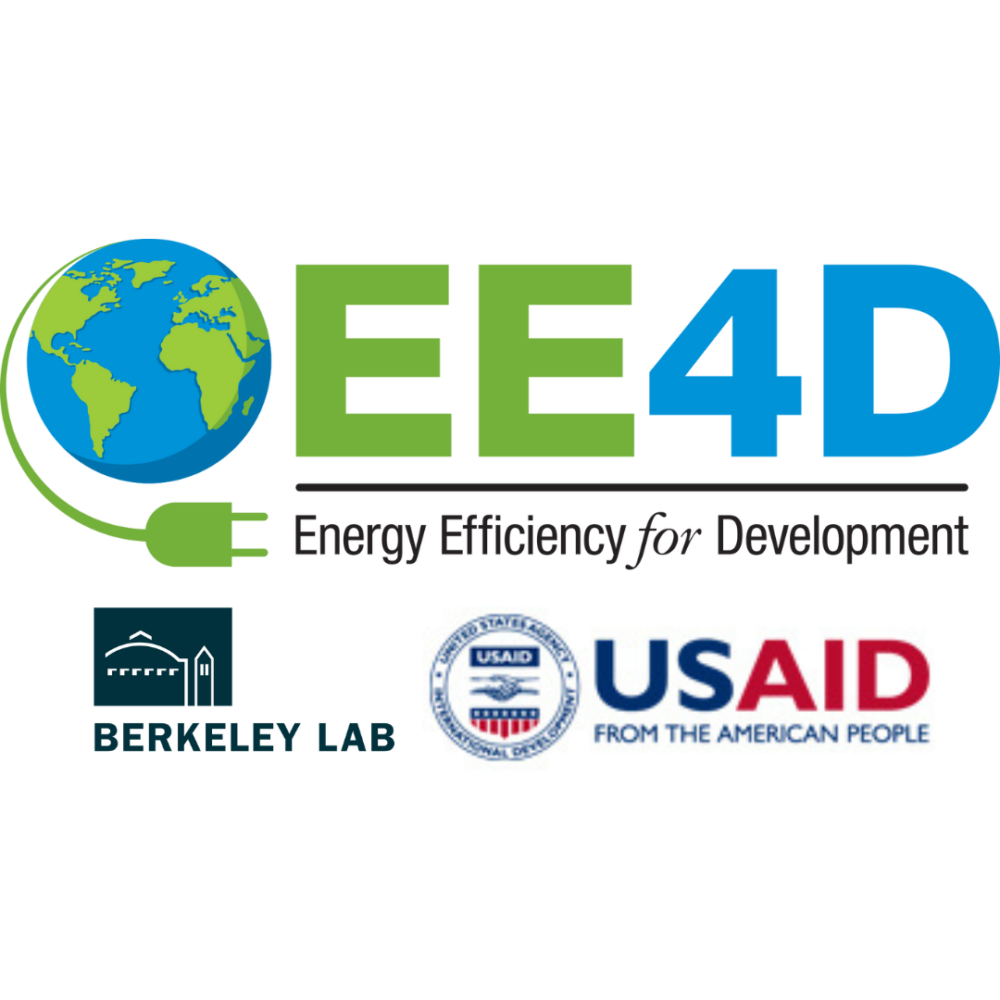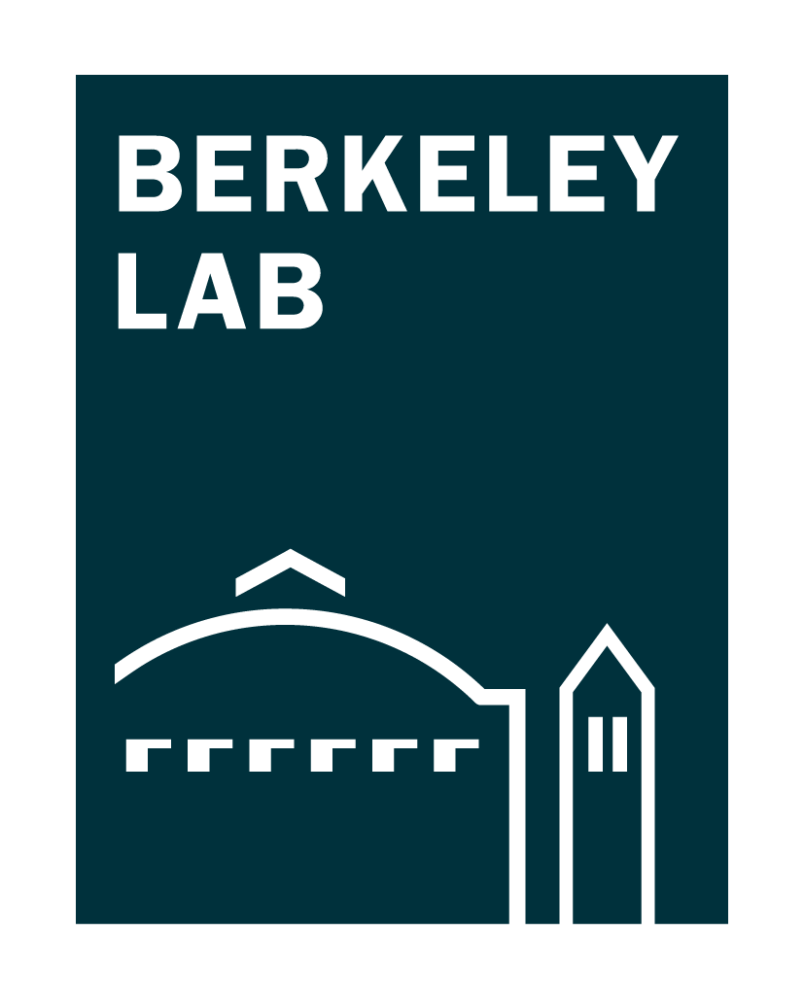 https://ee4d.org/wp-content/uploads/sites/40/2024/03/Screenshot-2024-03-28-at-5.30.22 PM.png
848
1134
maryweigel
https://ee4d.org/wp-content/uploads/sites/40/2024/04/Untitled-design-1000x1000.png
maryweigel2024-03-27 00:32:242024-03-29 00:33:38Efficient Cooling with ANME and LBNL
https://ee4d.org/wp-content/uploads/sites/40/2024/03/Screenshot-2024-03-28-at-5.30.22 PM.png
848
1134
maryweigel
https://ee4d.org/wp-content/uploads/sites/40/2024/04/Untitled-design-1000x1000.png
maryweigel2024-03-27 00:32:242024-03-29 00:33:38Efficient Cooling with ANME and LBNLReducing energy by 2030
USAID and Berkeley Lab are working with the Agence Nationale pour la Maîtrise de l’Énergie (ANME) to help the Government of Tunisia (GOT) meeting its climate goals of achieving 30% of primary energy reduction by 2030.
Activities
Mitigating the impact of cooling peak demand
Market Assessment
The market for ACs in Tunisia is growing rapidly, having reached approximately 240,000 units sold per year. Berkeley Lab and the Tunisia’s National Agency for Energy Management (ANME) developed a market assessment to identify a baseline efficiency to be established for ACs in Tunisia.
Our analysis shows that the range of prices is correlated primarily to the size of the model rather than to its efficiency. Therefore, setting higher efficiency standards for cooling products could save significant energy while having little impact on the purchasing prices of ACs.

Energy labels of Small Air Conditioner sold in Tunisia (2009 – 2019)




